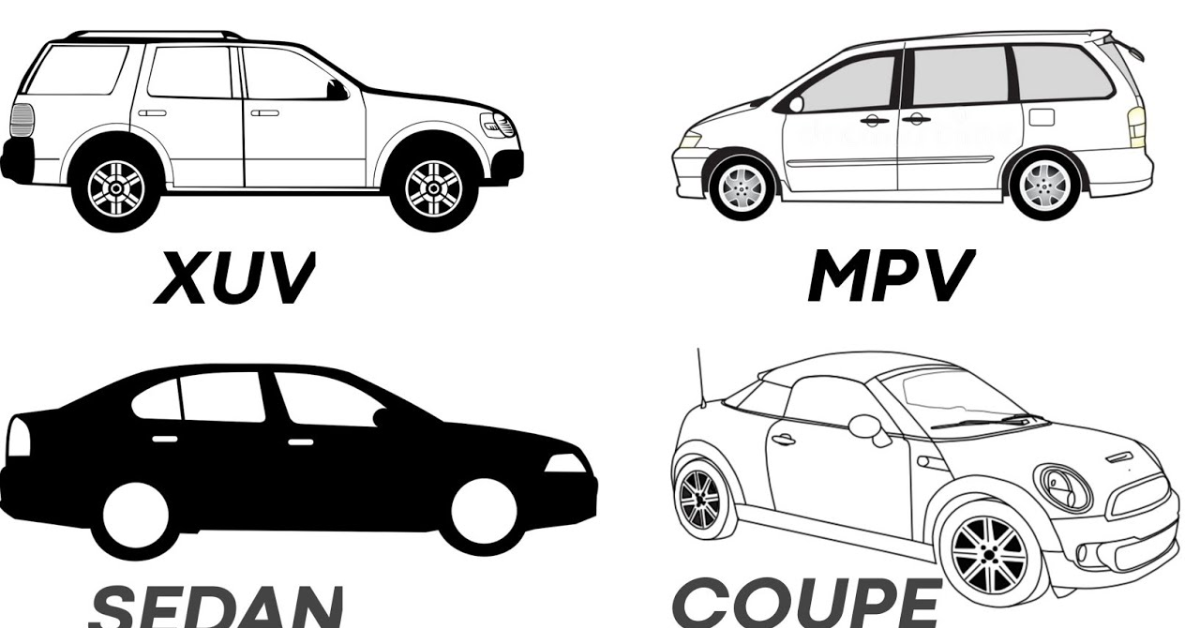In today’s diverse automotive market, choosing the right vehicle can be overwhelming, especially when faced with similar-sounding acronyms like MPV and SUV. While both vehicle types cater to families and individuals looking for space, versatility, and comfort, they are built for different purposes and excel in different environments.
In this blog post, we’ll break down the main differences between MPVs (Multi-Purpose Vehicles) and SUVs (Sport Utility Vehicles), helping you make an informed decision based on your lifestyle and driving needs.
What is an MPV?
MPV stands for Multi-Purpose Vehicle, sometimes referred to as a minivan in certain markets. As the name suggests, MPVs are designed with versatility and passenger comfort in mind. These vehicles are primarily family-oriented and offer spacious interiors with multiple seating configurations, often accommodating 6 to 8 passengers comfortably.
MPVs typically have a van-like shape with a high roofline, sliding doors (in some models), and a flat floor, making entry and exit easier, especially for children and elderly passengers. They’re optimized for practicality, with an emphasis on interior space, ease of access, and comfort over ruggedness or off-road capabilities.
What is an SUV?
SUV stands for Sport Utility Vehicle. Originally developed as a fusion between off-road trucks and passenger cars, SUVs are known for their higher ground clearance, rugged construction, and versatile driving performance. Many SUVs come with optional or standard all-wheel drive (AWD) or four-wheel drive (4WD), making them suitable for off-road conditions, towing, and tough weather.
SUVs are now widely available in various sizes—from compact crossovers to full-sized models—and are often chosen for their commanding road presence, cargo space, and safety features. Unlike MPVs, SUVs are more adventure-oriented and appeal to drivers who want a balance between family functionality and off-road or performance capabilities.
Key Differences Between MPVs and SUVs
Let’s look at the core areas where MPVs and SUVs differ:
1. Design and Styling
- MPVs: Function takes precedence over form. They often feature a boxy, van-like design with large windows and a high roof to maximize interior space. A focus is placed on sliding doors (in many models), low ride height, and wide opening angles for convenience.
- SUVs: More stylish and muscular with aggressive front grilles, higher ride height, and an overall tougher aesthetic. They generally look sportier and are often seen as more aspirational.
2. Performance and Capability
- MPVs: These vehicles are primarily designed for on-road driving. Most come with front-wheel drive and are powered by modest engines that prioritize fuel efficiency and comfort over power.
- SUVs: Known for stronger engines, greater towing capacity, and off-road capabilities. Many offer AWD or 4WD systems and are better suited for varied terrain, including snow, gravel, and mud.
3. Interior Space and Seating
- MPVs: Interior space is a major selling point. These vehicles often feature three rows of seats, with generous legroom and headroom throughout. The cabin layout is versatile, with seats that fold flat or can be removed entirely to create cargo space.
- SUVs: Also spacious but can be less accommodating than MPVs in terms of third-row comfort. While modern SUVs have improved in interior flexibility, they generally offer slightly less usable space due to their higher floor and sportier design.
4. Ride Comfort and Handling
- MPVs: Provide a smooth, car-like ride. Their suspension systems and lower center of gravity make them ideal for city and highway driving, with minimal body roll and excellent visibility.
- SUVs: Ride comfort can vary depending on the model. While luxury SUVs offer plush rides, rugged models may feel stiffer. The higher center of gravity can also make handling a bit less precise than MPVs.
5. Fuel Efficiency
- MPVs: Generally more fuel-efficient than SUVs due to lighter weight, smaller engines, and front-wheel-drive platforms.
- SUVs: Tend to consume more fuel, particularly larger or 4WD variants. However, hybrid and electric SUVs are becoming more common, helping to bridge this gap.
6. Safety
- Both MPVs and SUVs are available with advanced safety features like airbags, ABS, lane-keeping assist, adaptive cruise control, and collision avoidance. However, the higher driving position of SUVs is often perceived to provide better visibility and a sense of safety.
Which One Should You Choose?
Your choice between an MPV and SUV should largely depend on how you plan to use the vehicle.
- Choose an MPV if:
You have a large family, prioritize interior space and passenger comfort, and mostly drive in urban or suburban settings. MPVs are also ideal for school runs, road trips with multiple passengers, and carrying bulky items like sports equipment or luggage. - Choose an SUV if:
You enjoy weekend getaways, live in areas with challenging weather or road conditions, or require towing capacity. SUVs are perfect for those who want a stylish vehicle with a commanding driving position and are okay with sacrificing some fuel efficiency for added capability.
Conclusion
MPVs and SUVs both serve specific needs and lifestyles. While MPVs are the go-to option for space-conscious families and urban commuters, SUVs appeal to those seeking a more adventurous or upscale driving experience. As the automotive world continues to evolve, some vehicles blur the lines between these two categories, offering the best of both worlds. Still, understanding the fundamental differences can guide you toward a vehicle that fits your life perfectly.

